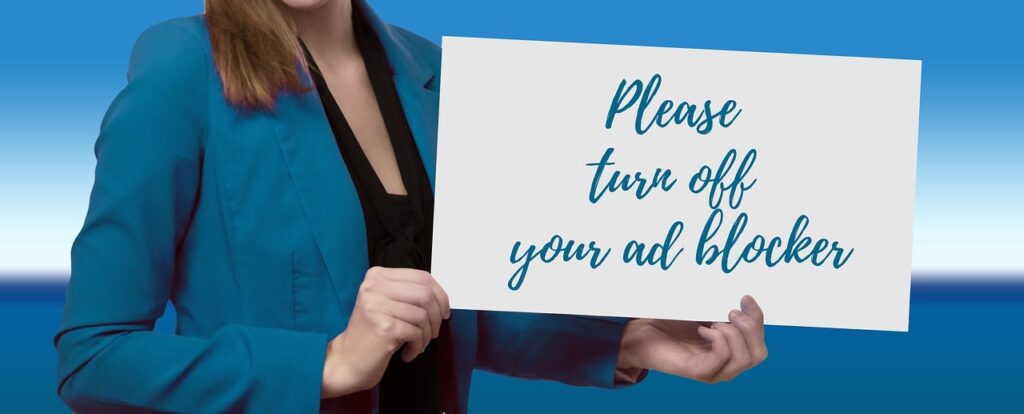
Out-of-Home (OOH) advertising is one of the oldest yet most effective marketing channels. From massive billboards to digital screens in airports, OOH advertising continues to shape how brands connect with audiences outside their homes. Unlike online ads that can be skipped, scrolled past, or blocked, OOH is unavoidable—meeting people where they live, work, and travel.
Today, mastering OOH advertising requires more than just buying a billboard. It demands strategy, creativity, and smart integration with digital marketing. In this guide, we’ll break down the core insights and strategies that businesses need to dominate OOH advertising.
1. What is OOH Advertising?
OOH advertising refers to any form of advertising that reaches consumers outside of their homes. This includes:
- Traditional billboards
- Digital billboards (DOOH)
- Transit ads on buses, taxis, and trains
- Street furniture like bus shelters and kiosks
- Airport and mall signage
Its strength lies in its mass reach and public visibility, making it ideal for building awareness and trust.
2. Why OOH Advertising Still Works
Even in the digital era, OOH has unique advantages:
- High Visibility: Reaches thousands daily in high-traffic areas.
- Strong Recall: People remember large, bold displays they see repeatedly.
- Brand Credibility: Outdoor ads signal trustworthiness and authority.
- Cost Efficiency: Lower cost per impression than TV or print in many markets.
- Cross-Channel Boost: Works well alongside social media and online campaigns.
For brands seeking both reach and impact, OOH is unmatched.
3. The Power of Location

OOH success depends on where your ad lives. Premium sites—like highways, bridges, airports, and busy city centers—offer massive exposure. But localized spots near schools, markets, or bus parks can be just as effective for niche targeting.
When choosing a location, consider:
- Daily footfall and traffic counts
- Demographics of the area
- Visibility (day and night)
- Competition (ad clutter nearby)
Location isn’t just about being seen—it’s about being seen by the right people.
4. Crafting Effective OOH Creative
With just 5–7 seconds of viewer attention, OOH ads must deliver impact instantly.
Best practices for design:
- Keep text short (max 7–10 words)
- Use bold, legible fonts
- Focus on one clear message
- High-contrast colors for visibility
- Large visuals that create emotion
A great OOH creative doesn’t just catch the eye—it tells a story at a glance.
5. Key Formats of OOH Advertising
OOH comes in diverse formats, each serving unique purposes:
- Static Billboards: Long-standing visibility on busy roads.
- Digital OOH (DOOH): Real-time, flexible messaging.
- Transit Advertising: Buses, taxis, and trains carry your message everywhere.
- Street Furniture: Posters, shelters, and kiosks close to daily commuters.
- Experiential OOH: Pop-ups, 3D billboards, and interactive installations.
The most effective campaigns mix multiple formats for maximum reach.
6. Integrating OOH with Digital Marketing
Today’s OOH is more powerful when paired with online tools:
- QR codes that lead to websites or apps
- Hashtags that spark social media conversations
- Geotargeted mobile ads reinforcing OOH messages
- Programmatic DOOH for real-time updates
OOH doesn’t just drive awareness—it drives digital engagement and measurable actions.
7. Measuring OOH Effectiveness
Brands once struggled to measure OOH ROI, but technology is solving that.
Ways to measure include:
- Traffic and audience impression data
- Brand recall surveys
- Sales uplift during campaign periods
- Digital engagement from QR scans or hashtags
This makes OOH a performance-driven channel, not just a visibility play.
8. Challenges of OOH Advertising
OOH is powerful, but not without challenges:
- High competition for premium sites
- Regulatory restrictions in certain cities
- Ad clutter in saturated areas
- Limited flexibility for static boards
Smart brands overcome this with creative design, location strategy, and digital integration.
9. The Future of OOH Advertising
OOH is evolving rapidly with tech innovations:
- 3D Billboards: Eye-catching and shareable online
- AI-Driven Targeting: Smarter placement and messaging
- Sustainability: Eco-friendly materials and LED displays
- Programmatic Buying: Real-time bidding for ad slots
- Experiential Activations: Engaging installations that drive buzz
Tomorrow’s OOH will be interactive, data-driven, and immersive.
Conclusion
OOH advertising is more than big billboards—it’s a dynamic, powerful channel that continues to evolve. By mastering location strategy, creative design, digital integration, and performance measurement, businesses can turn OOH into a driver of visibility, trust, and sales.
In a world where consumers are bombarded with digital noise, OOH stands out as a medium that can’t be ignored. The brands that master it will not only be seen but remembered.